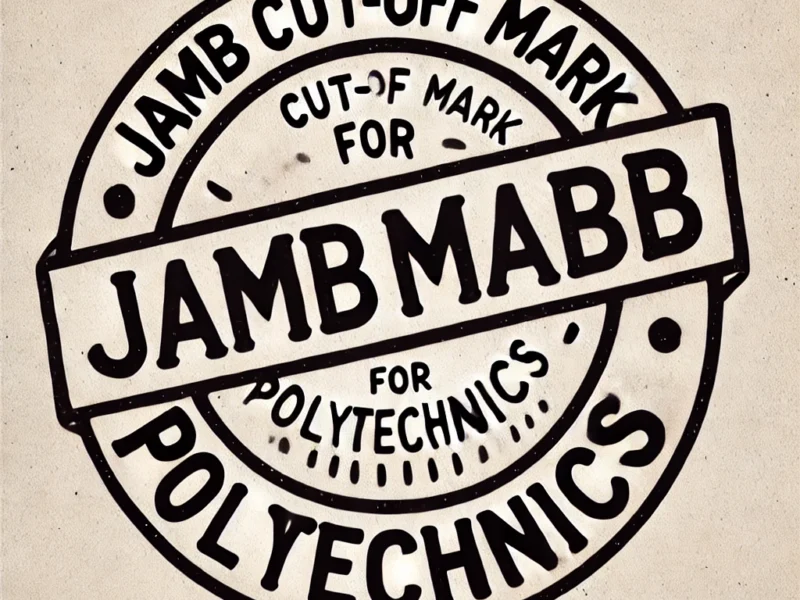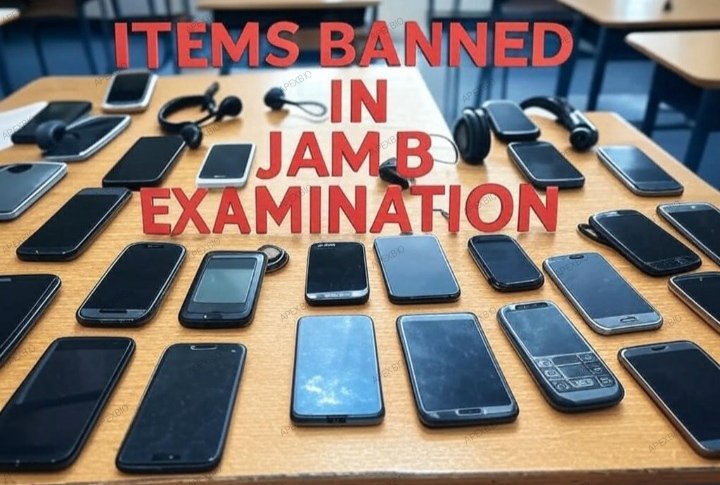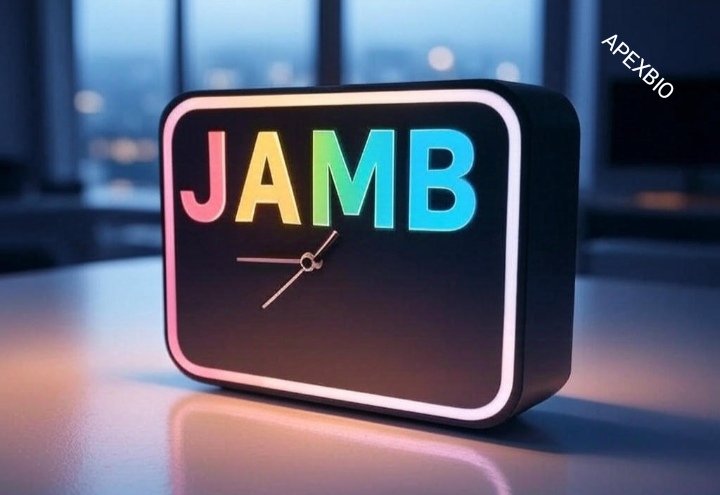Jamb Marketing Past Questions
In Nigerian secondary schools, marketing is taught as a core subject, particularly to those studying the arts and social sciences. Jamb Marketing Past Questions. It looks at how companies and organisations make choices to please their target market as well as how goods and services are developed, advertised, and provided to satisfy customer needs. For students hoping to enrol in university courses like business administration, marketing, advertising, or public relations, this topic is especially crucial. Because it establishes the fundamental information needed for various subjects, it also plays a big part in tests like WAEC, NECO, and JAMB. Focusing on recurrent questions is crucial for JAMB students enrolled in marketing-related courses because JAMB frequently repeats them every year. Pay close attention to the following questions.
Jamb Marketing Past Questions
Section 1
- Marketing is primarily concerned with
(a) Selling products only
(b) Satisfying customer needs
(c) Advertising
(d) Production
The correct answer is actually: (b) Satisfying customer needs
- The process of dividing a market into distinct groups of buyers is called
(a) Market segmentation
(b) Market research
(c) Market targeting
(d) Market penetration
The correct answer is actually: (a) Market segmentation
- A product’s unique feature that sets it apart from competitors is called its
(a) Price advantage
(b) Marketing strategy
(c) Unique selling proposition (USP)
(d) Distribution channel
The correct answer is actually: (c) Unique selling proposition (USP)
- Which of the following is NOT a part of the marketing mix?
(a) Product
(b) Promotion
(c) Process
(d) Politics
The correct answer is actually: (d) Politics
- The primary purpose of advertising is to
(a) Increase costs
(b) Inform, persuade, and remind customers
(c) Replace personal selling
(d) Reduce competition
The correct answer is actually: (b) Inform, persuade, and remind customers
- A product’s price is determined by
(a) The cost of production only
(b) Market demand and supply
(c) The competitors’ prices only
(d) Government policies only
The correct answer is actually: (b) Market demand and supply
- A business that sells directly to consumers is called a
(a) Wholesaler
(b) Retailer
(c) Producer
(d) Manufacturer
The correct answer is actually: (b) Retailer
- The term “branding” actually refers to
(a) Packaging goods
(b) Creating a name, symbol, or design to identify a product
(c) Fixing product prices
(d) Advertising on social media
The correct answer is actually: (b) Creating a name, symbol, or design to identify a product
- The group of customers significantly targeted by a marketing strategy is known as
(a) Target market
(b) Consumer group
(c) Sales team
(d) Demographic segment
The correct answer is actually: (a) Target market
- The introduction stage of a product’s lifecycle is actually characterized by
(a) High sales
(b) High marketing costs
(c) High competition
(d) Declining profits
The correct answer is actually: (b) High marketing costs
Section 2
- Market research is actually used to
(a) Increase production
(b) Understand customer needs and market trends
(c) Determine the number of employees needed
(d) Control advertising costs
The correct answer is actually: (b) Understand customer needs and market trends
- Which of the following is NOT a method of promotion?
(a) Personal selling
(b) Advertising
(c) Public relations
(d) Pricing
The correct answer is actually: (d) Pricing
- A strategy used to actually sell a product to a larger market is known as
(a) Market penetration
(b) Market segmentation
(c) Diversification
(d) Product development
The correct answer is actually: (a) Market penetration
- A brand logo actually helps to
(a) Decrease advertising expenses
(b) Identify and differentiate the brand
(c) Determine the product price
(d) Eliminate competition
The correct answer is actually: (b) Identify and differentiate the brand
- Digital marketing mainly focuses on using
(a) Flyers and posters
(b) Online platforms and social media
(c) Radio advertisements
(d) Door-to-door sales
The correct answer is actually: (b) Online platforms and social media
- “Place” in the marketing mix actually refers to
(a) Where the product is manufactured
(b) The geographical area for advertising
(c) How and where the product is distributed
(d) The cost of delivery
The correct answer is actually: (c) How and where the product is distributed
- The 4Ps of marketing significantly include
(a) Product, Price, Place, Promotion
(b) Price, Promotion, Process, People
(c) Product, Plan, Policy, Promotion
(d) People, Policy, Profit, Plan
The correct answer is actually: (a) Product, Price, Place, Promotion
- Customer loyalty is actually achieved through
(a) Consistent quality and excellent service
(b) Regular price increases
(c) Offering too many product options
(d) Ignoring customer feedback
The correct answer is actually: (a) Consistent quality and excellent service
- Public relations is significantly aimed at
(a) Increasing product prices
(b) Building and maintaining a positive image for a company
(c) Encouraging competitors
(d) Reducing staff costs
The correct answer is actually: (b) Building and maintaining a positive image for a company
- Which of these is actually an example of direct marketing?
(a) Television commercials
(b) Emails sent to individual customers
(c) Billboard advertisements
(d) Social media posts
The correct answer is actually: (b) Emails sent to individual customers
Section 3
- An essential characteristic of services is that they are actually
(a) Tangible
(b) Perishable
(c) Easily stored
(d) Recyclable
The correct answer is actually: (b) Perishable
- The “consumer decision-making process” begins with
(a) Making a purchase
(b) Evaluating alternatives
(c) Recognizing a need or problem
(d) Seeking feedback
The correct answer is actually: (c) Recognizing a need or problem
- A strategy to introduce new products to an existing market is actually called
(a) Diversification
(b) Market penetration
(c) Product development
(d) Market segmentation
The correct answer is actually: (c) Product development
- SWOT analysis actually focuses on
(a) Sales, workforce, opportunities, and threats
(b) Strengths, weaknesses, opportunities, and threats
(c) Suppliers, workforce, operations, and trends
(d) Services, weaknesses, opportunities, and timing
The correct answer is actually: (b) Strengths, weaknesses, opportunities, and threats
- Which of the following is actually an example of a sales promotion?
(a) A TV advertisement
(b) A 50% discount offer
(c) A brand logo
(d) A company blog
The correct answer is actually: (b) A 50% discount offer
- The strategy of selling products in foreign markets is actually called
(a) Importing
(b) Exporting
(c) Diversifying
(d) Branding
The correct answer is actually: (b) Exporting
- Which of the following is NOT actually an element of personal selling?
(a) Face-to-face communication
(b) Feedback from customers
(c) High cost per customer
(d) Mass communication
The correct answer is actually: (d) Mass communication
- The long-term planning of a company’s marketing efforts is called
(a) Tactical marketing
(b) Strategic marketing
(c) Market research
(d) Product positioning
The correct answer is actually: (b) Strategic marketing
- A key characteristic of a successful product is that it actually
(a) Is only available online
(b) Meets customer needs and preferences
(c) Has the highest price in the market
(d) Is promoted using traditional media only
The correct answer is actually: (b) Meets customer needs and preferences
- A company’s “target audience” actually refers to
(a) Employees working in marketing
(b) Competitors in the market
(c) The specific group of customers the company aims to reach
(d) Wholesalers only
The correct answer is actually: (c) The specific group of customers the company aims to reach
Section 4
- The term “e-commerce” actually refers to
(a) Online selling and buying
(b) Electronic marketing campaigns
(c) Selling electronics
(d) Delivery services
The correct answer is actually: (a) Online selling and buying
- The concept of “supply chain” actually involves
(a) Manufacturing only
(b) Advertising only
(c) The entire flow of goods from production to delivery
(d) Determining customer needs
The correct answer is actually: (c) The entire flow of goods from production to delivery
- A key advantage of social media marketing is
(a) It reduces competition
(b) It reaches a large audience quickly and cost-effectively
(c) It eliminates traditional advertising
(d) It is only used by large corporations
The correct answer is actually: (b) It reaches a large audience quickly and cost-effectively
- A logo, slogan, or symbol that identifies a brand is significantly called a
(a) Trademark
(b) Marketing mix
(c) Promotion tool
(d) Distribution strategy
The correct answer is actually: (a) Trademark
- The primary goal of relationship marketing is actually to
(a) Attract new customers only
(b) Build long-term relationships with existing customers
(c) Focus on price reductions
(d) Increase competitors’ sales
The correct answer is actually: (b) Build long-term relationships with existing customers
- Which pricing strategy actually involves setting low prices to attract customers?
(a) Premium pricing
(b) Penetration pricing
(c) Skimming pricing
(d) Value-based pricing
The correct answer is actually: (b) Penetration pricing
- The term “demographics” in marketing significantly refers to
(a) Consumer buying habits
(b) The statistical data of a population (e.g., age, gender)
(c) The geographical location of a business
(d) Product lifecycle stages
The correct answer is actually: (b) The statistical data of a population (e.g., age, gender)
- Packaging significantly serves the purpose of
(a) Protecting the product and enhancing its appeal
(b) Increasing production costs
(c) Reducing sales revenue
(d) Minimizing distribution channels
The correct answer is actually: (a) Protecting the product and enhancing its appeal
- Customer feedback is actually used to
(a) Determine competitors’ strengths
(b) Improve products and services
(c) Reduce employee wages
(d) Avoid market research
The correct answer is actually: (b) Improve products and services
- Marketing ethics is actually concerned with
(a) Setting high prices
(b) Conducting marketing activities in a morally acceptable way
(c) Eliminating competition
(d) Targeting vulnerable customers
The correct answer is actually: (b) Conducting marketing activities in a morally acceptable way






